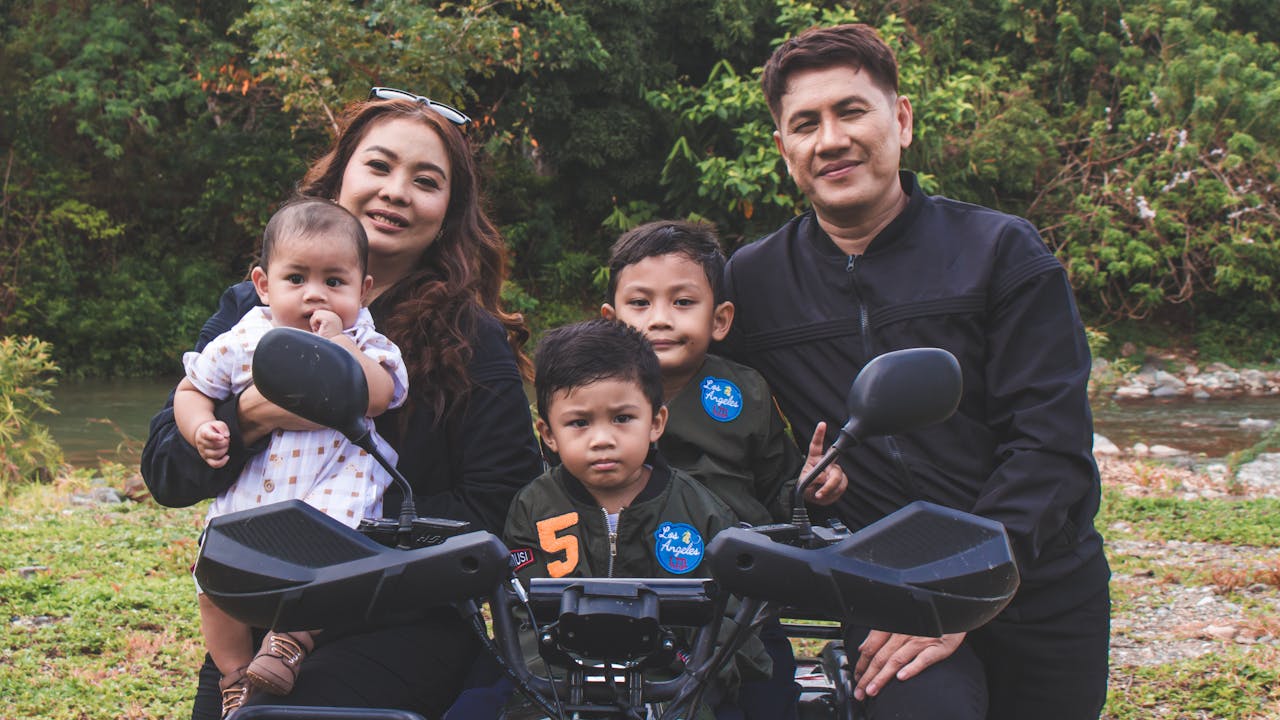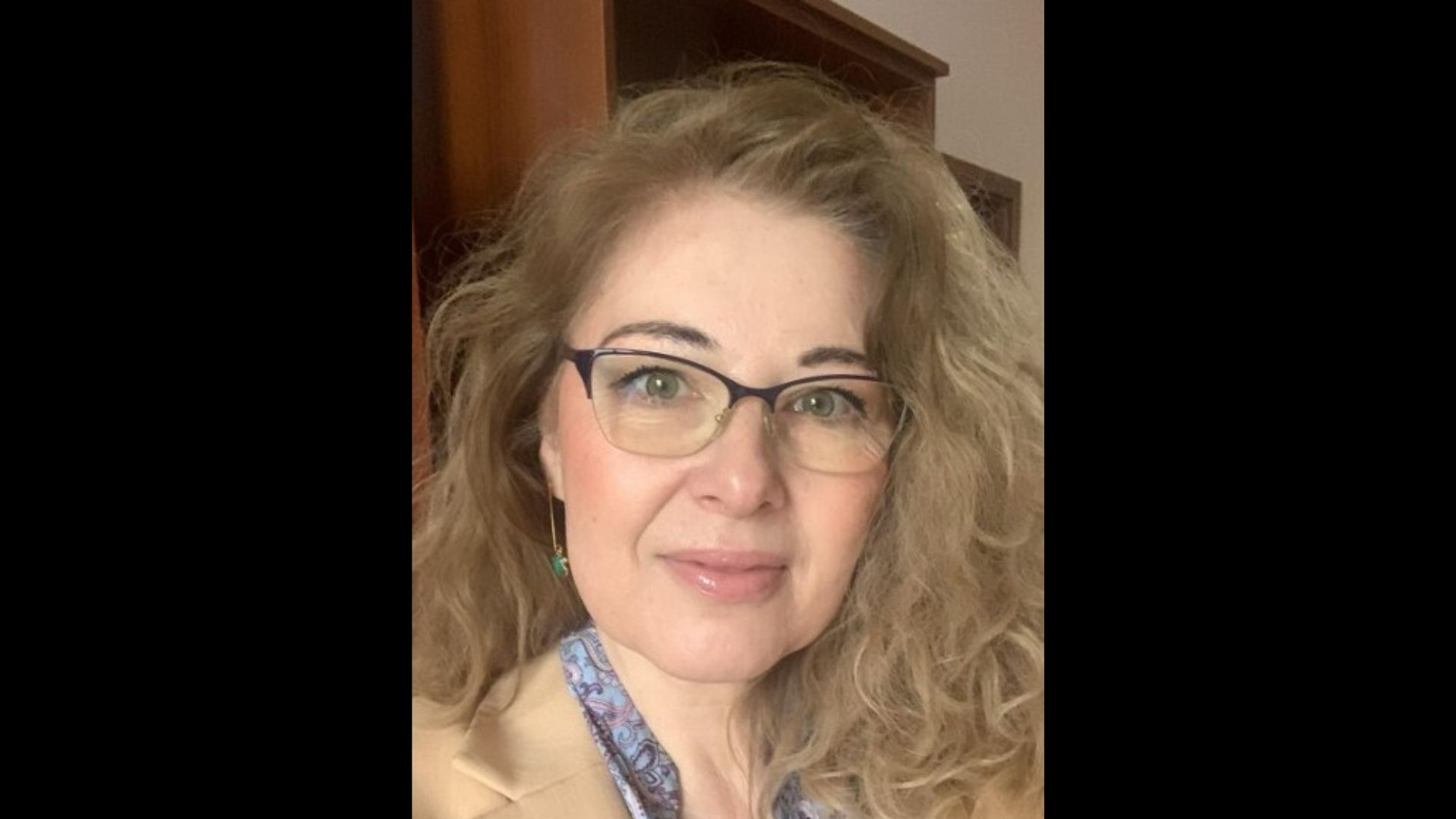Truth & Goodness
China’s Ace Against the U.S.: Rare Earth Minerals and the Battle for Ukraine
16 January 2026

Interview with Magdalena Archacka (PhD), mother and Dean of the Pedagogy Department at the Academy of Humanities and Economics in Łódź, conducted by Krystyna Romanowska.
Krystyna Romanowska: From how many children do we talk about “large families”?
Magdalena Archacka: Before World War II, a large family meant having at least six children. Today, a family is considered large starting from three children upwards, according to programs targeting so-called large families. There is no clear definition or single standard for what constitutes a large family. Generally, it is considered to be three or four children, depending on whether we refer to literature from sociology, demography, psychology, or economics.
Frankly, I don’t recall positive reactions in our social life to families with more than two children (three is still acceptable), even though I know many families with three or four children who planned their families intentionally.
I searched for scientific studies on the issues faced by large families and found that even these narratives are full of stereotypes and reductive views. In everyday discourse, we encounter terms like “800+ beneficiaries,” “child breeders,” “pathology,” or “welfare dependents.” In publications, these concerns translate into terms like “uncontrolled procreation,” “dysfunctionality,” “poverty,” “low cultural and economic capital,” and families in housing crises. The correlation between these problems and having many children is minimal, as many families and young people in Poland face similar issues, regardless of family size.

However, all these discourses warn that large families should be viewed with suspicion. There is a culture of distrust towards large families: why do they have so many children? How much do they earn from the 800+ program? Of course, a “non-working” mother is frowned upon because, as everyone knows, taking care of four children is not considered work. Strangely, we scorn people raising several children as irresponsible, while in reality, managing a large family requires self-organization, self-discipline, and responsibility.
Consider the social perception – if a problem like teenage depression occurs in a family with one child, everyone rushes to help because the issue is significant and receives media attention. However, if the eldest girl in a large family becomes depressed, negative diagnoses follow immediately: no one has time for her, and she must be taking on parental responsibilities in a low-capital family. It’s as if the problems stem solely from having many children, while other families’ issues are carefully examined to uncover their roots.
How did it come about that we associate large families negatively, still picturing those unfortunate working-class or peasant families with barefoot children?
Modern aversion to large families, which need not result from “uncontrolled procreation” but can be a conscious decision, arises from the individualistic culture we live in. Self-realization, self-awareness, self-diagnosis – these are the concepts and values promoted in the prevailing discourse. A mother of five has little chance for self-realization when her children are young and need constant care. The culture of narcissism, extreme individualism, the culture of “me” and consuming what can be acquired, and the culture of creativity and perpetual happiness do not align with the community of a large family.
Communal thinking always goes beyond self-realization because children have their own needs.
Moreover, income is divided among five, six, or more people, which limits individual consumption. The focus on oneself and the pursuit of maximizing consumption is evident in marketing images and advertisements: there are no families with three children, let alone four! Such “pathology” cannot be shown to clients!
We recommend: How do Children Absorb the World? The Science Behind Learning
It’s strange because a larger family could buy more products.
But since we think of large families as poor, no one will sell them an expensive car or tropical vacations every year! There are no billboards encouraging holidays for families with four children. Our thinking is shaped by media discourse. I noted down what the media reports about large families. Recently, I have not seen any mainstream presentations of such families. A long time ago, Justyna Steczkowska’s family appeared frequently, but they have since faded from memory. In the mainstream media’s view, a large family is not oriented towards life success, whereas a family with one child is!
Additionally, I notice a focus on building partner relationships, where parents prioritize themselves and their relationship. Children become secondary. Let’s emphasize: that the partner is more important than the child, meaning “I and my self-realization” together with my partner’s self-realization constitute the family. Note that in a family with one child, the mother has the right to self-realization (caring for her needs, appearance, and entertainment), but not in a large family. Also, children in large families have household responsibilities, which in pop pedagogy and pop psychology is seen as “parentification” and working beyond their capacity. Yet, the same behaviors in parents of one child are considered caring for family well-being and contributing to conscious upbringing.
Motherhood in general has recently taken on a form of suffering, becoming a major disappointment. Parenting does not look like the billboard advertising a family outing. The media has created an image of a happy family, a happy marriage, and romantic love, and we continuously try to align our lives with these ideal images. It turns out we can’t.

The Ministry is introducing programs for large families, indicating a desire to help them.
I critically view the recent actions of the Civic Coalition government. It is clear that the goal is not to enable women to choose but to satisfy labor market demands.
We have the so-called “grandparent benefit” of 1,700 PLN. You can also send a child to a nursery or kindergarten and receive about 1,500 PLN in funding. And mothers who decide to stay at home receive 500 PLN to wipe away their tears. So, I ask: is this a program designed to care for the family, child, and mother, or is it aimed at quickly pushing women back to work? The choice is illusory and openly discriminates against large families, where one parent must stay at home if only to take and pick up children from preschool.
Is there hope to change our view of families with many children?
One of my students is writing a thesis on this topic, and few people research large families. It will be an excellent thesis, which we will publish. Regrettably, I must say that changing perceptions about children, family, and motherhood do not happen by magic. Our culture is called “ME” and does not engage in communal thinking. Are there chances for change? Certainly, in our pedagogy, we strive to go beyond stereotypes.
Magdalena Archacka is a Doctor of Social Sciences, and an educator specializing in the philosophy of education, family pedagogy, and psychological-pedagogical counseling. She completed her pedagogical and doctoral studies at the Lower Silesian University in Wrocław, where she also defended her doctoral thesis titled “Practices of Power, Freedom, and Resistance in Contemporary Polish Schools.” She gained professional experience at the WSB Academy in Dąbrowa Górnicza, the University of Silesia, and the Korczak University in Katowice. Her interests include philosophy and both conservative and critical pedagogy.
Translation: Klaudia Tarasiewicz
We recommend: Violence: A Daily Reality for Many Children
Truth & Goodness
16 January 2026



Zmień tryb na ciemny